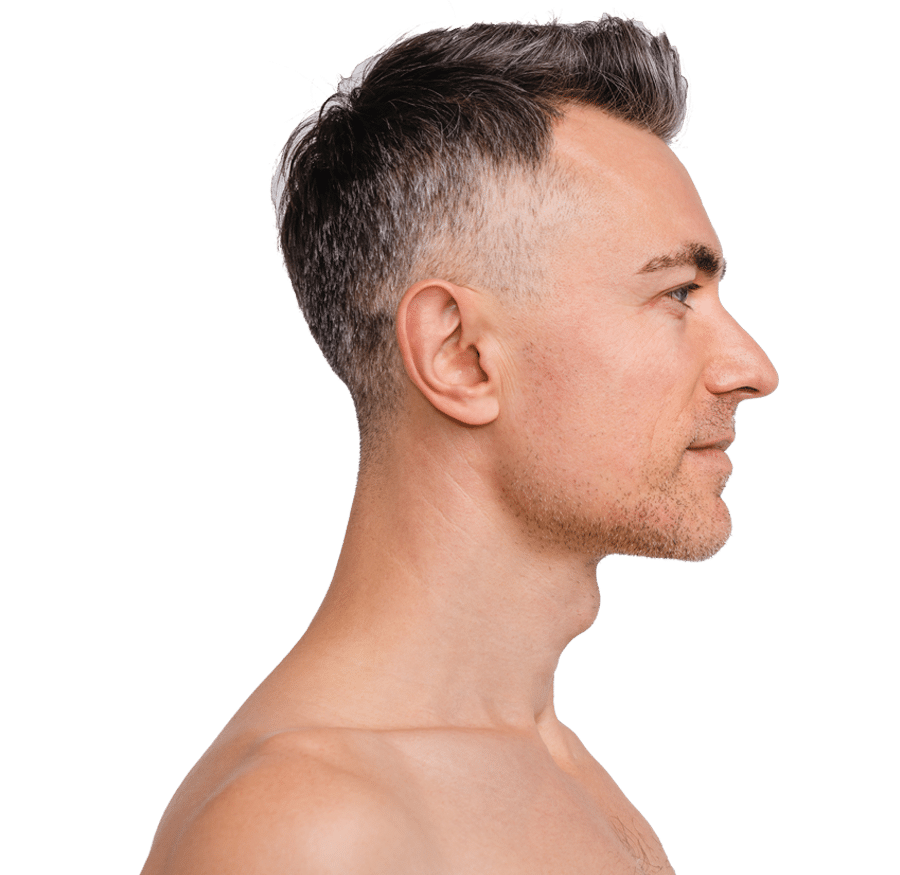Deformities of the head and neck can be devastating, both aesthetically and functionally. These deformities are often caused by benign tumours or cancer. Removal of these growths without reconstruction may affect a patient’s ability to speak and swallow, greatly impacting their quality of life. Head and neck reconstruction is often required to limit the deformities of the cheeks, nose, eyelids, forehead, ears, jaw, chin, tongue, palate, neck and esophagus. Surgery endeavours to mitigate problems related to cancer resection. The major goal of reconstructive surgery is to maintain as much function as possible.
Microvascular head and neck reconstruction is a technique for rebuilding the face and neck using blood vessels, bone and tissue, including muscle and skin from other parts of the body. The technique is one of the most advanced surgical options available for rehabilitating surgical defects that are caused by the removal of head and neck tumours. This technique involves harvesting flaps of healthy tissue with the blood supply from remote sites in the body. The tissue is then transferred to reconstruct the affected area of the head and neck. A microscope is used to suture the blood vessels of the flap to blood vessels in the neck, allowing the tissue to live as if it were back in its original location.
Book a consultation
About the procedure
The complex decisions to be made when considering resection and reconstruction for the head and neck will be discussed with you in depth by several members of the head and neck reconstruction team.
CONDITIONS TREATED
Microvascular head and neck reconstruction is used to treat head and neck cancers, including those of the larynx and pharynx, oral cavity, salivary glands, jaws, calvarium, sinuses, tongue and skin. Cancer treatment may involve a combination of surgery, radiation therapy and chemotherapy — any of which can result in significant treatment-related side effects. Treatment of head and neck cancer can affect the appearance of the face and neck, as well as various functions, including speech, sight, smell, swallowing and the ability to taste. The goal of microvascular surgery is to return the head, face and neck to approximate normal appearance.
The technique is also used to treat other conditions including:
- Osteoradionecrosis of the mandible, which is a serious complication of radiation therapy to the head and neck
- Oronasal fistula, which is a hole between the mouth and nose cavity
- Contour irregularities of the face and neck following surgery
- Non-healing wounds of the head and neck




